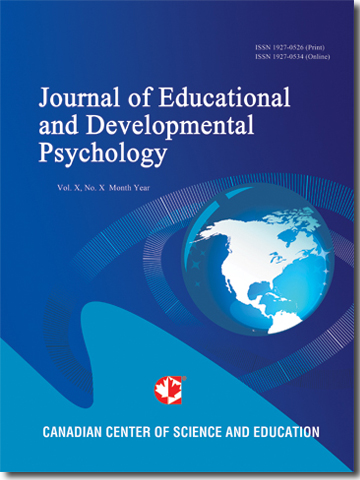The Cognitive Processes of Probability Estimation in Random Sampling from Discrete Uniform Spaces
- Jacob Schreiber
Abstract
The research examines how high school students solve simple probability problems, and the probability estimations of students, boys and girls, in a discrete and uniform probability space. In discrete uniform probability spaces problem solving using estimations of probabilities and strategies of solving problems in a variety of situations were described. Solving probability problems among elementary intermediate and high school students were studied, however, reviewing the literature in probability; I am not familiar with any research on estimating probabilities or characterizations of rules people use for estimating and solving probability problems relating specifically to numerically symmetric and asymmetric objects. The research describes the rules and heuristics that student use to solve probability problems and estimate probabilities. The research has shown that students at different levels of proficiency in solving probability problems take a different approach when solving and estimating probabilities. When students are asked to estimate the probability of selecting two beads with different colors from a bag containing beads of different colors some calculate probabilities and other estimate them using a variety of rules. The use of rules for estimating probabilities is directly related to numerical relations and symmetries of objects. I describe a variety of rules students use for estimating probabilities, e.g., the "pair rule: if the number of pairs of objects in a group is greater than the number of the other pairs the probability of drawing a pair of first kind is greater than drawing pairs of the second kind". I present a mechanism for the estimations and decisions taken by students when estimating probabilities.
- Full Text:
 PDF
PDF
- DOI:10.5539/jedp.v2n1p21
Journal Metrics
(The data was calculated based on Google Scholar Citations)
1. Google-based Impact Factor (2021): 1.11
2. h-index (December 2021): 29
3. i10-index (December 2021): 87
4. h5-index (December 2021): N/A
5. h5-median (December 2021): N/A
Index
- Academic Journals Database
- CNKI Scholar
- Copyright Clearance Center
- CrossRef
- Elektronische Zeitschriftenbibliothek (EZB)
- EuroPub Database
- Excellence in Research for Australia (ERA)
- Harvard Library
- Jisc Library Hub Discover
- JournalSeek
- JournalTOCs
- LIVIVO (ZB MED)
- LOCKSS
- MIAR
- Open Access Journals Search Engine(OAJSE)
- PKP Open Archives Harvester
- Publons
- ROAD
- Scilit
- SHERPA/RoMEO
- Standard Periodical Directory
- Stanford Libraries
- Technische Informationsbibliothek (TIB)
- UCR Library
- UoB Library
- WorldCat
- Zeitschriften Daten Bank (ZDB)
Contact
- Carol WongEditorial Assistant
- jedp@ccsenet.org
